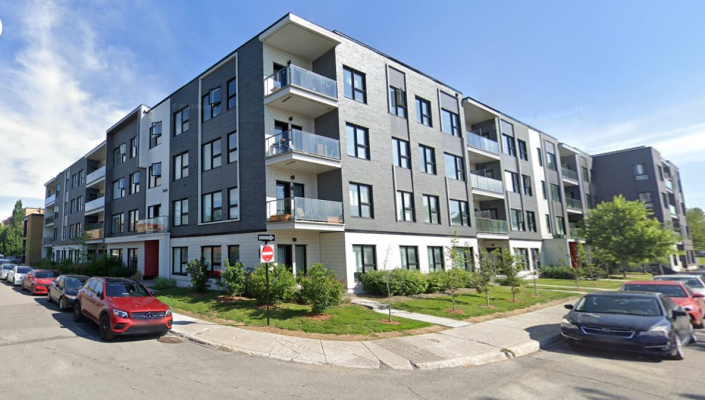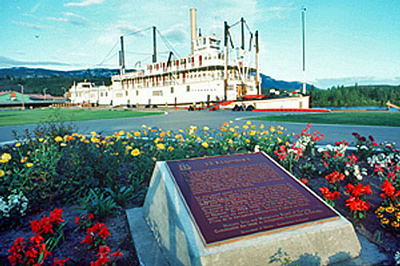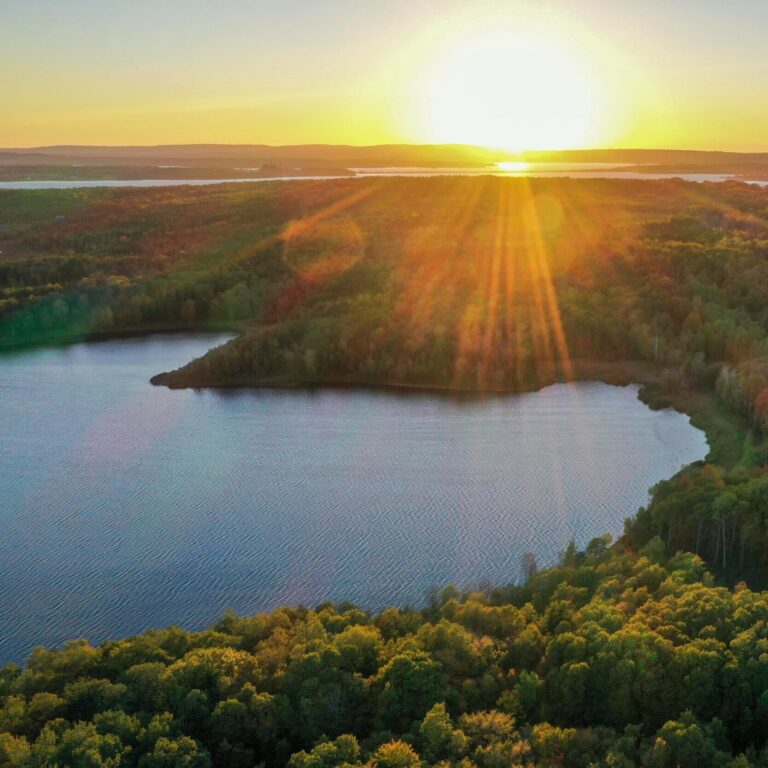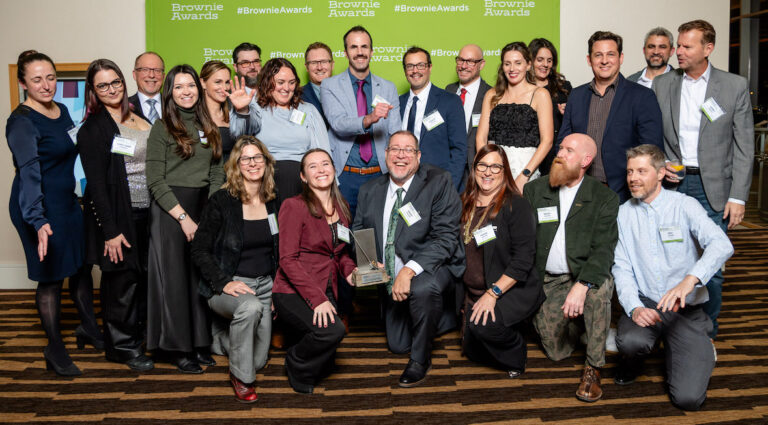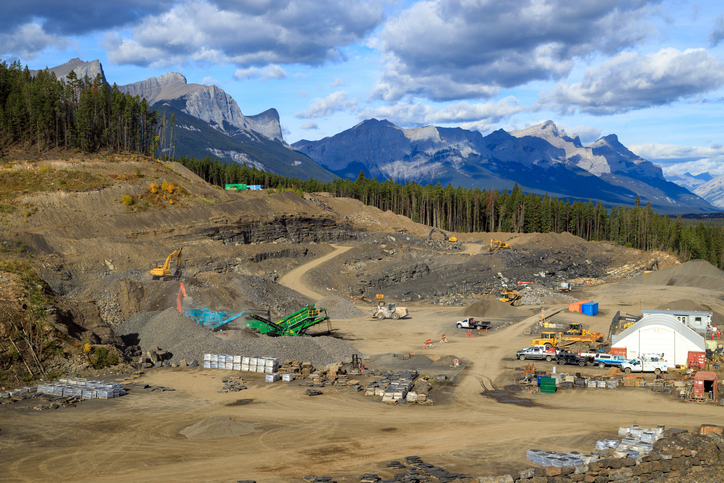Thursday, September 18, 2025
You know that abandoned gas station in your town, or that former industrial site that sits neglected? With the right project team, and a healthy amount of perseverance, those areas could be transformed into new residences, commercial areas, public parks, resulting in revitalized community hubs and municipal revenue generators. This is the lens through which brownfield developers envision the potential for thousands of public and private properties across the country.
Brownfields, or “sites with personalities” as they are sometimes referred to, were once contaminated or under-utilized, usually in an urban or industrial setting. Brownfield projects tend to face more developmental obstacles than traditional greenfield projects. As such, they require multi-stakeholder teams and a great amount of expertise. But the benefits are worth overcoming the obstacles.
“The redevelopment of brownfields provides important socio-economic and environmental opportunities to create cleaner, safer, and more vibrant communities,” says Christopher De Sousa, a professor at the School of Urban and Regional Planning at Toronto Metropolitan University and the chair of the Brownie Awards jury.
The annual Brownie Awards provide a forum for recognizing outstanding brownfield-related projects, people, and policies that have helped transform sites across Canada. The awards program, which is presented through the partnership of the Canadian Brownfields Network and Actual Media Inc. (parent company of Environment Journal), celebrated its 25th Anniversary in 2024. This piece shines a light on the initiatives by Quebec-based project teams.
Jean Paquin has been working in the environmental field since 1975, mainly for Sanexen. Over the years, he has acted as technical director for a variety of site remediation, decontamination and water treatment projects and has managed multiple research and development projects. He volunteers for various environmental initiatives and organizations, including Réseau Environnement, and is an advisory board member for Environment Journal.
“My first experience with the Brownie Awards was in 2003 when our client, ICI Canada (formerly CIL) submitted our remediation project for their former chlorinated solvents plant in Shawinigan,” recalls Paquin. “Sanexen had just completed the major clean-up of the site to revitalize this part of the city into a commercial sector in the context of the Revi-Sol program. Our client had won the Technological Innovation and Sustainable Remediation Award for the use of an innovative technology that allowed to greatly reduce costs. The award ceremony led me to meet with new people and learn about other great initiatives.”
Twenty years later, Paquin was invited to become a member of the Brownie Awards jury.
“This involves understanding the various criteria in each of the dozen categories and assessing about forty submissions. For me it meant leaving my comfort zone to consider issues of urbanism, government programs, ad hoc collaborations between stakeholders and many other things,” explains Paquin, who deems it a worthwhile experience.
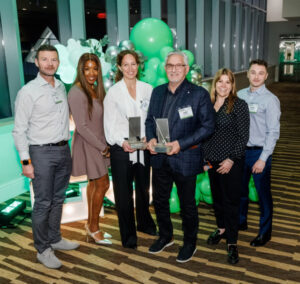 The Brownie Awards 25th Anniversary Special Edition Award went to the Federal Contaminated Sites Remediation Projects in Nunavut, recognizing the long-term dedication to brownfield remediation. The project team successfully overcame the challenges that come with working in remote sites with harsh weather conditions with limited resources. The results were very positive as the traditional hunting grounds could be used again by Inuit communities.
The Brownie Awards 25th Anniversary Special Edition Award went to the Federal Contaminated Sites Remediation Projects in Nunavut, recognizing the long-term dedication to brownfield remediation. The project team successfully overcame the challenges that come with working in remote sites with harsh weather conditions with limited resources. The results were very positive as the traditional hunting grounds could be used again by Inuit communities.
Brownfields projects involving Quebec project teams
Over the years there have been several successful projects teams that were recognized as finalists and award-wining projects from Quebec. Let’s reflect on some of the projects that have been celebrated.
In 2003, as Paquin mentioned, the ICI Canada Inc. project in Shawinigan was recognized for its innovative remediation and redevelopment project that entailed the excavation of contaminated soil that exceeded acceptable commercial land use criteria, treatment and disposal, as well as the ongoing treatment of contaminated ground water.
In 2004, La Cité des Arts du Cirque in Montréal was recognized as a model for an organic approach to community renewal that utilizes green technology and materials re-use to establish a unique new character around a former municipal landfill.
In 2009, the remediation of a former Petroleum Products Depot in Victoriaville was recognized for the sustainable approach applied. The sustainable remediation of La Promenade Samuel-De Champlain Commission de la Capitale Nationale du Quebec also made an impression that year.
In 2012, a former Aerospace Manufacturing Facility for Future Residential Use in Montréal received an award for sustainable remediation.
In 2019, the Sanexen Petromont Inc. plant site remediation was recognized for technological innovation in Varennes.
In 2020, the prestigious Brownfielder of the Year award went to Josée Samson, an employee of the City of Montréal. One of the longest standing members of the Canadian brownfields community, she worked with the city as an environmental engineer since 1992. Samson’s leadership allowed Montréal to meet these challenges and navigate the changing environmental policy landscape. She lobbied provincial and federal organizations for greater funding to support site remediation and her contributions included the development of a database containing nearly 8,000 soil samples, an imperative for working to redevelop contaminated sites.
Also in 2020, the Parc D’entreprises de la Pointe Saint – Charles project was recognized for the redevelopment of 123 hectares of contaminated lands and the provision of public access to the shores of the St. Lawrence River.
In 2021, the massive Turcot Exchange project in Montréal was recognized for its complexity, including an incredible volume of 3.2 million cubic meters of contaminated soils requiring remediation (from which a vast majority was kept safely on-site through a risk-assessment approach), while maintaining a daily traffic of an average of 300,000 vehicles, and rebuilding four interchanges and 145 km of roadways including bike paths creating additional space for public transit, pedestrian transportation, and green space.
In 2024, the Vivenda remediation and development project in Montréal was recognized for its novel sustainable remediation approach for a vacant quarry that was transformed into a condominium complex.
Finally, the 25th Anniversary special edition award recognized the long-time efforts in challenging brownfield remediation at the Federal Contaminated Sites Remediation projects in Nunavut.
“I was particularly happy when Qikitaaluk Corporation, the Inuit partner of Sanexen, won the award for its 25 years of work to restore to nature traditional lands of the Inuit used for hunting and fishing on ten of the federal sites that were used as radar bases in the Distant Early Warning Line during the Cold War,” emphasizes Paquin. “The Brownie Awards constitute a celebration of the best initiatives to remediate and redevelop brownfields, bringing together the vibrant community of stakeholders involved in this important endeavour.”
Note: The Brownie Awards are now accepting nominations for the 2025 program! For further information about the Brownie Awards, please visit: https://brownieawards.ca/
This article first appeared in the publication Vecteur.

Connie Vitello is editor of Environment Journal.
Featured image: In Quebec, in-situ treatment can take time, and administrative procedures can be even longer if a notice of technical impracticability must be filed. This tends to preclude brownfield development projects in particular because of the difficulty of securing financing. The Vivenda Remediation and Development Project in Montréal included in the remedial plan a decision-making flowchart to guide attaining the technological threshold for in-situ treatment.

